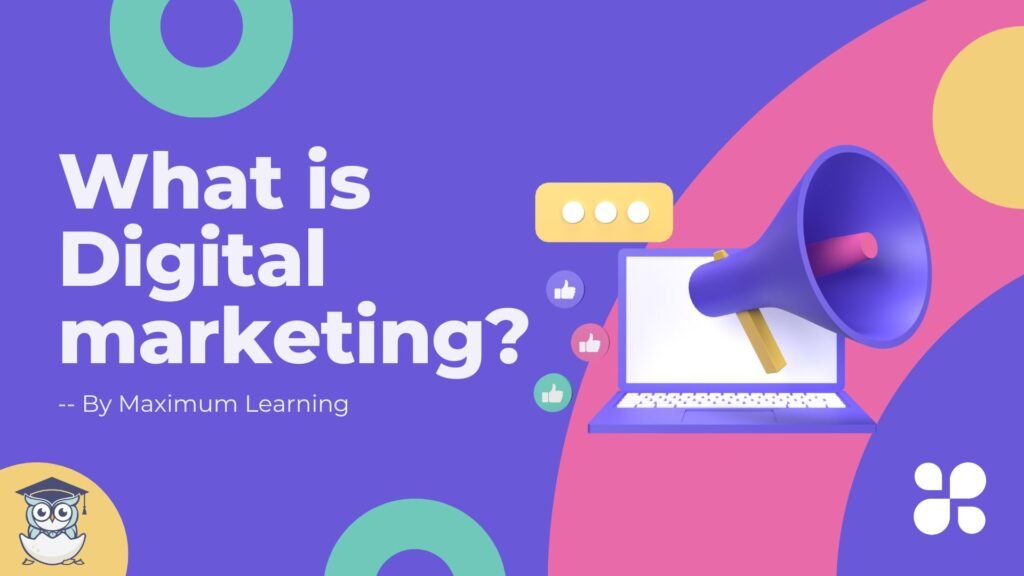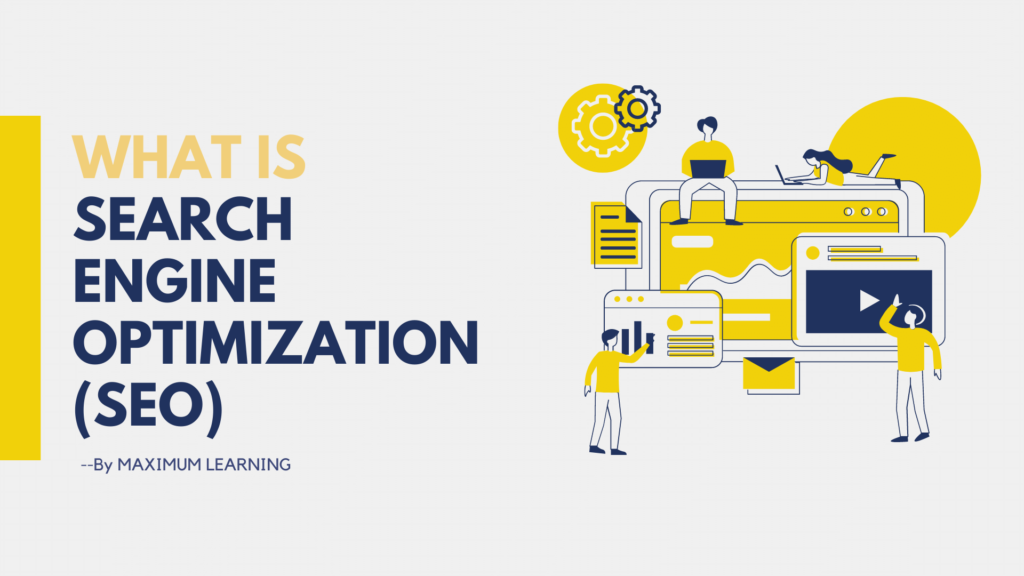In the ever-evolving landscape of digital marketing, Instagram has emerged as a powerhouse platform for businesses to connect with their target audience. With over a billion active users worldwide, Instagram offers a dynamic space for brands to showcase their products or services, engage with potential customers, and drive conversions. One of the most effective ways to harness the potential of Instagram is through advertising. In this comprehensive guide, we’ll explore everything you need to know to create successful ad campaigns on Instagram.
What are Instagram ads?
Instagram ads are paid promotional posts or sponsored content that appear in users’ Instagram feeds or stories. These ads are created by businesses or individuals who want to reach a larger audience beyond their existing followers. Instagram ads can take various formats, including photo ads, video ads, carousel ads (which allow users to swipe through multiple images or videos in a single post), and slideshow ads. They are targeted to specific demographics, interests, behaviors, or locations, allowing advertisers to tailor their messaging to reach their desired audience more effectively. Instagram ads are managed through Facebook’s Ads Manager platform, as Facebook owns Instagram.
Why Advertise on Instagram?
Massive User Base: Instagram’s user base is enormous, with over a billion monthly active users worldwide. This extensive reach means advertisers have access to a diverse audience spanning various demographics, interests, and geographical locations. Whether targeting millennials, Gen Z, or older demographics, advertisers can find their desired audience on Instagram.
Engagement: Engagement rates on Instagram are notably high compared to other social media platforms. Users actively engage with content through likes, comments, shares, and direct messages. This high level of engagement creates an environment where users are more receptive to branded content, making Instagram an effective platform for advertising products and services.
Visual Appeal: Instagram is a visually-driven platform, centered around photos and videos. This focus on visual content allows advertisers to showcase their products or services in a highly engaging and aesthetically pleasing manner. Whether it’s stunning product photos, captivating videos, or visually appealing graphics, Instagram provides the perfect canvas for brands to tell their story and capture the attention of users.
Advanced Targeting Options: Instagram’s advertising platform leverages the advanced targeting capabilities of its parent company, Facebook. Advertisers can create highly targeted campaigns based on demographics, interests, behaviors, and more. This granular level of targeting ensures that ads are shown to the most relevant audience, increasing the likelihood of engagement and conversion.
Diverse Ad Formats: Instagram offers a diverse range of ad formats to cater to different campaign objectives and creative preferences. From traditional photo ads and videos to immersive carousel ads and ephemeral stories, advertisers have ample options to experiment with different formats and engage their audience in unique ways. This versatility allows brands to tailor their advertising strategy to suit their specific goals and audience preferences.
How much do Instagram ads cost?
Ad Format: Instagram offers a variety of ad formats, each with its own pricing structure. For example, feed ads, which appear in users’ feeds alongside organic content, may have a different cost per impression or click compared to story ads, which appear within users’ stories. Additionally, carousel ads, video ads, and collection ads may have different pricing based on their format and functionality.
Objective: When setting up an Instagram ad campaign, advertisers choose an objective that aligns with their goals, such as brand awareness, reach, engagement, traffic, or conversions. The chosen objective can impact the cost, as certain objectives may require more investment to achieve desired results. For example, campaigns focused on driving website traffic or conversions may require higher budgets compared to campaigns aimed at generating brand awareness or engagement.
Audience Targeting: The size and specificity of the target audience selected for the ad campaign can influence costs. Advertisers can target audiences based on demographics, interests, behaviors, and other criteria. More narrowly defined audiences may have higher costs per impression or click compared to broader audiences, as reaching specific niche segments may require more investment.
Ad Placement: Instagram offers various ad placements, including feed, stories, explore, and IGTV. Advertisers can choose to display their ads in different positions within the app, such as in users’ feeds, between stories, or in the explore tab. Premium placements or targeting specific positions within the app may come with higher costs due to increased visibility and engagement potential.
Bidding Strategy: Instagram offers different bidding options, including cost per click (CPC), cost per thousand impressions (CPM), and cost per action (CPA). Advertisers can choose the bidding strategy that aligns with their goals and budget. The bidding strategy selected can impact the overall cost of the campaign, as competitive bidding may drive up costs for certain objectives or placements.
Ad Relevance and Quality: The relevance and quality of the ad creative, as well as the landing page experience, play a significant role in ad performance and cost. Instagram rewards high-quality, relevant ads with better placement and lower costs. Advertisers should focus on creating compelling ad content that resonates with their target audience and provides a seamless user experience to maximize ad performance and minimize costs.
Types of Instagram ads
Instagram offers various types of ads to cater to different campaign objectives and creative preferences. Here are some of the most common types of Instagram ads:
Feed Ads: These ads appear within users’ Instagram feeds alongside organic content. They can feature a single image or video and include a caption, call-to-action button, and optional link to a website or landing page.
Story Ads: Story ads appear in between users’ Instagram stories and can include single images or videos up to 15 seconds long. They are immersive and full-screen, providing a highly engaging ad experience. Users can swipe up on the ad to visit a website, view a product, or take another action.
Carousel Ads: Carousel ads allow advertisers to showcase multiple images or videos within a single ad unit. Users can swipe through the carousel to view additional content, providing a more interactive and engaging ad experience. Each carousel card can include its own caption and call-to-action button.
Collection Ads: Collection ads feature a primary image or video above a collection of product images. When users tap on the ad, they are taken to a full-screen shopping experience where they can browse and purchase products directly within the Instagram app.
IGTV Ads: IGTV ads are video ads that appear within IGTV content. These ads can be up to 15 seconds long and are displayed when users are watching IGTV videos from creators they follow. IGTV ads help advertisers reach audiences engaged with long-form video content.
Explore Ads: Explore ads appear within the Explore tab on Instagram, where users discover new content based on their interests. These ads are tailored to users’ interests and behaviors, providing an opportunity for advertisers to reach audiences in discovery mode.
Branded Content Ads: Branded content ads allow businesses to promote content created by influencers or other creators as sponsored posts. These ads enable brands to leverage the credibility and authenticity of influencers to reach their target audience effectively.
Each type of Instagram ad offers unique features and benefits, allowing advertisers to tailor their campaigns to specific objectives and creative preferences. By choosing the right ad format and targeting options, advertisers can create compelling campaigns that resonate with their audience and drive meaningful results.
Getting Started with Instagram Ads
1. Set Up Your Instagram Business Account: If you haven’t already, create an Instagram business account. This will give you access to additional features, such as Instagram Insights and the ability to run ads.
2. Link Your Facebook Page: Instagram ads are created and managed through Facebook’s Ads Manager. Ensure your Instagram account is linked to your Facebook Page to run ads seamlessly.
3. Define Your Campaign Objective: Before creating your ad, clearly define your campaign objective. Whether it’s increasing brand awareness, driving website traffic, generating leads, or boosting sales, your objective will shape your ad strategy.
4. Target Your Audience: Leverage Facebook’s detailed targeting options to define your target audience. Consider factors such as demographics, interests, behaviors, and even retargeting options to reach users who have previously interacted with your brand.
5. Choose Your Ad Format: Select the ad format that best suits your campaign goals and creative assets. Options include photo ads, video ads, carousel ads, and story ads.
6. Craft Compelling Ad Creative: Create visually appealing and engaging ad creative that resonates with your target audience. Use high-quality images or videos, compelling copy, and clear calls to action to drive action.
7. Set Your Budget and Schedule: Determine your ad budget and schedule based on your campaign goals and overall marketing strategy. You can choose between a daily or lifetime budget and set the duration of your campaign.
8. Monitor and Optimize: Once your ads are live, monitor their performance closely using Facebook Ads Manager or Instagram Insights. Analyze key metrics such as reach, engagement, click-through rates, and conversions. Use this data to optimize your ads for better results.
Best Practices for Instagram Advertising
1. Be Authentic: Authenticity is key on Instagram. Create content that feels genuine and aligns with your brand’s voice and values.
2. Tell a Story: Use your ads to tell a story and connect with your audience emotionally. Whether it’s showcasing your brand’s journey, highlighting customer testimonials, or sharing behind-the-scenes content, storytelling can help humanize your brand.
3. Optimize for Mobile: Instagram is primarily a mobile platform, so ensure your ads are optimized for mobile viewing. Keep visuals clear and text concise to capture users’ attention on smaller screens.
4. Test and Iterate: Don’t be afraid to experiment with different ad formats, targeting options, and creative elements. A/B testing can help you identify what resonates best with your audience and refine your ad strategy over time.
Monitor comments, messages, and mentions on your ads and respond promptly. Engaging with your audience shows that you value their feedback and helps build a stronger connection with your brand.
Advertising on Instagram offers businesses a powerful opportunity to reach and engage with their target audience in a visually compelling way. By following the steps outlined in this guide and implementing best practices, you can create effective Instagram ad campaigns that drive results for your business. Keep experimenting, analyzing, and optimizing your ads to stay ahead in the competitive world of digital marketing on Instagram.




